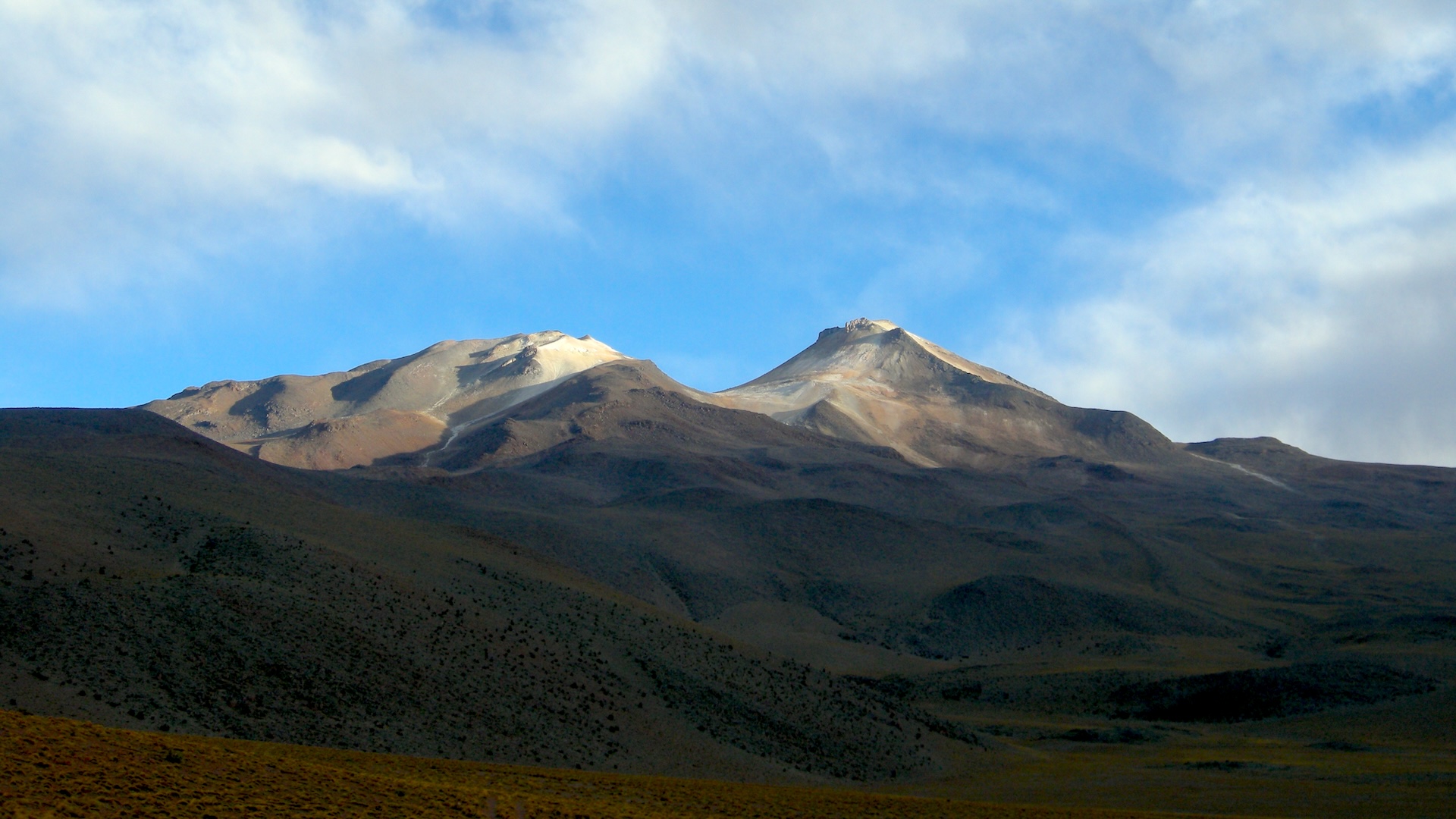Monkey-Mapping Satellites Could Identify At-Risk Populations

In the Amazon rainforests that are home to hundreds of known species of monkeys — and likely more that have yet to be discovered — it can be extremely difficult for conservationists to track their numbers and monitor how they are affected by human activities such as hunting and deforestation.
However, scientists proposed in a recent study that a diverse range of technologies, including satellites, can combine with observations on the ground to give a more accurate picture of biodiversity among monkeys and other animals in hard-to-access habitats.
Most satellites can't directly detect the activities and numbers of small animals living in dense forests. But together with DNA evidence, field reports, and audio and visual records, they could help researchers identify monkey populations that are declining or at risk, the study authors reported. [25 Strangest Sights on Google Earth]
Scientists typically approximate the presence and number of monkeys in a given area though first-hand observations and recordings, such as those obtained by camera traps. But other indirect sources can also provide clues about animals in a habitat — DNA extracted from feces, urine or saliva can hint at local diversity, and so can blood ingested by mosquitoes, according to the study.
These DNA-based methods provide another missing piece of the biodiversity puzzle, but observations from the sky can also determine whether certain animal populations have declined over time, the researchers wrote.
In forests, tree species that take up more of the greenhouse gas carbon dioxide (which they use for photosynthesis) than other trees typically produce larger seeds. Those seeds are primarily dispersed by monkeys. Satellite data could show whether regions where human activity is high and monkeys are exposed to hunting — and where their numbers may have been dropping — correspond to forests where there are fewer of these high-carbon-density tree species; the primary seed disperser would not be available to spread these species, the researchers speculated.
"In short, by combining Earth-observation-derived maps of human activity with empirical observations of the response of primate populations to that activity, it should be possible to map and track an ecosystem function (large-seed dispersal) that is invisible to satellites but contributes to an important ecosystem service (climate regulation)," the study authors wrote.
Sign up for the Live Science daily newsletter now
Get the world’s most fascinating discoveries delivered straight to your inbox.
These methods can be applied not only to monkey populations, but to a variety of wildlife, the researchers explained.
"With the parallel developments in remote sensing, genomics and more automated field recording, we now have the tools needed to collect data at large scales," study lead author Alex Bush, a researcher with the Kunming Institute of Zoology at the Chinese Academy of Sciences, said in a statement.
The findings were published online June 22 in the journal Nature Ecology and Evolution.
Original article on Live Science.

Mindy Weisberger is an editor at Scholastic and a former Live Science channel editor and senior writer. She has reported on general science, covering climate change, paleontology, biology and space. Mindy studied film at Columbia University; prior to Live Science she produced, wrote and directed media for the American Museum of Natural History in New York City. Her videos about dinosaurs, astrophysics, biodiversity and evolution appear in museums and science centers worldwide, earning awards such as the CINE Golden Eagle and the Communicator Award of Excellence. Her writing has also appeared in Scientific American, The Washington Post and How It Works Magazine. Her book "Rise of the Zombie Bugs: The Surprising Science of Parasitic Mind Control" will be published in spring 2025 by Johns Hopkins University Press.
China uses 'gravitational slingshots' to save 2 satellites that were stuck in the wrong orbit for 123 days
Scientists spot a 'dark nebula' being torn apart by rowdy infant stars — offering clues about our own solar system's past
Mass graves of Black Union soldiers slaughtered by Confederate guerrillas possibly identified in Kentucky









